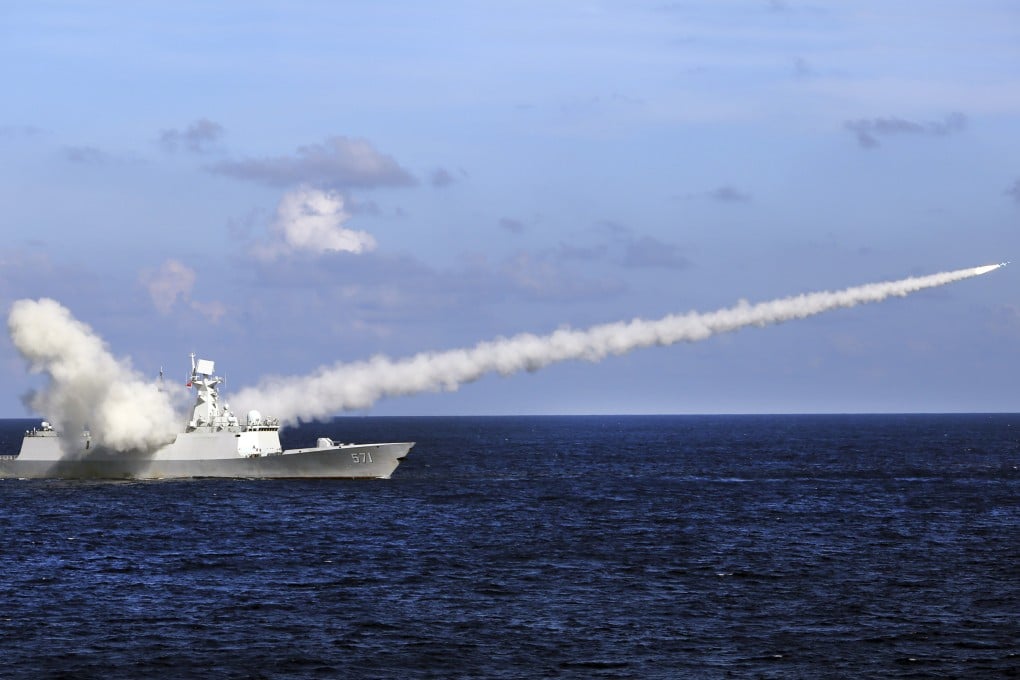Chinese scientists plan boron-powered supersonic missile that can fly and swim
- Anti-ship device will be able to cruise at commercial airliner altitudes and reach 200 knots underwater, project team says
- Volatile element that reacts in both air and water will power the ‘cross-media’ weapon

The 5 metre (16.4 feet) missile will be able to cruise at 2.5 times the speed of sound at about 10,000 metres (32,800 feet) – the same altitude as a commercial airliner – for 200km (124 miles) before diving and skimming across the waves for up to 20km.
Once it is within about 10km of its target, the missile will go into torpedo mode, travelling underwater at up to 100 metres per second (200 knots) using supercavitation – the formation of a giant air bubble around it which significantly reduces drag, according to the researchers.
It will also be able to change course at will or crash-dive to a depth of up to 100 metres to evade underwater defence systems without losing momentum.
Lead scientist Li Pengfei and his team said no existing ship defence system was designed to handle such a fast “cross-media” attack. “This can greatly improve the missile’s penetration capability,” they said.
One of the biggest challenges for the developers is the power system, because of the need to produce considerable thrust while breathing in either air or water. But Li’s team said the problem could be solved by using boron – a light element that reacts violently when exposed to both, releasing a huge amount of heat.